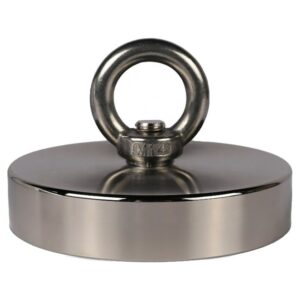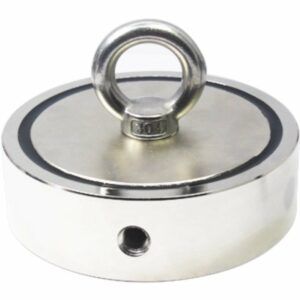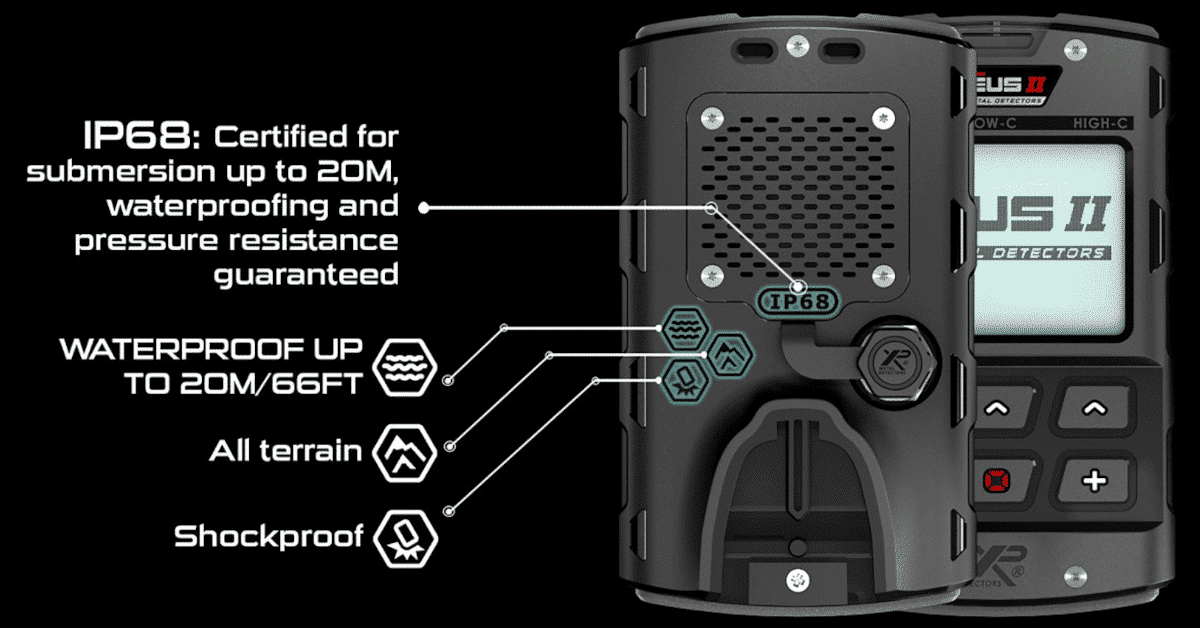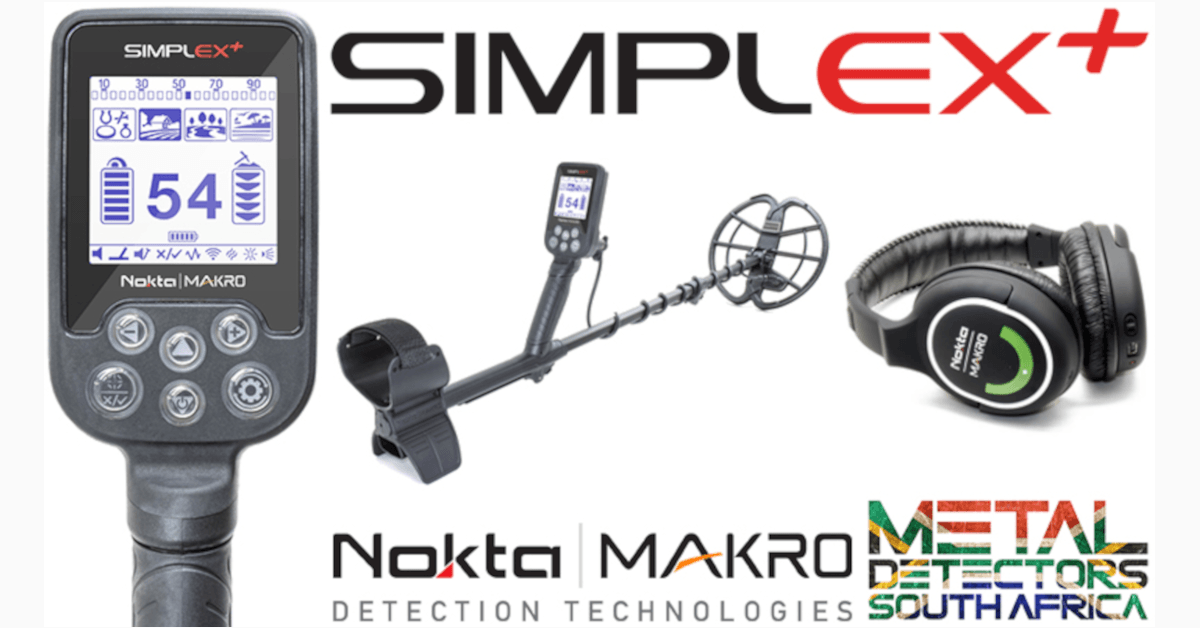Rule of thumb is to choose the strongest fishing magnet that you are capable of throwing 5 meters or more while it’s connected to a rope.
As easy as that sounds you also need to consider if you want a single or double-sided fishing magnet, your budget vs magnetic strength and the weight of the magnet.
Budget vs Magnetic Strength
The stronger the magnet the more expensive it is. How far can you stretch your budget?
Single and Double Sided Magnets
A single-sided fishing magnet is where the attachment point of the magnet is on the horizontal top side of the magnet and the horizontal underside of the magnet is the magnetic end.
A double-sided fishing magnet is magnetic on both horizontal sides of the magnet. There will be two attachment points, one on the side of the magnet which then exposes both the magnetic sides. The other attachment point is on the horizontal flat side of the magnet effectively bringing only one side of the magnet into play.
Double-sided magnets are more expensive than single-sided magnets as they consist of two magnets, one on each side. Don’t be fooled by dealers that advertise double-sided magnets where they combine the magnetic strength of both sides of their magnet making them sound super strong. Make sure when you purchase a double-sided magnet that you check if the magnetic strength advertised is the strength per side or the combined strength.
Example a 300kg Single-Sided Magnet is stronger than a 300kg Double Sided Magnet (150kg + 150kg).
Taking the above example into account, you can get a much stronger single-sided magnet for the same price as a double-sided magnet of the same strength, taking into account the combined strength of the double-sided magnet.
The question then is, do I need a single or double-sided fishing magnet?
This depends on the type of magnet fishing you will be doing, bobbing or dredging.
Bobbing
Bobbing is where you drop and dangle the magnet straight down pulling it up and down in a bobbing motion while you hope to latch onto a metal object below. This is typical when magnet fishing off the side of a bridge, pier or jetty where you expect to find objects directly below.
If Bobbing then you can consider a Single-Sided Magnet. Remember you can get a much stronger single-sided magnet compared to a double-sided magnet. The advantage of a double-sided magnet is that you can use it for both bobbing and dredging.
Dredging
Dredging is where you throw the fishing magnet out far and then pull it back toward you with the hope that you latch onto a metal object between you and where the magnet landed in the water. This is typical when magnet fishing in a river, canal or dam.
If Dredging a double-sided magnet is more effective. When you attach the rope to the side of the magnet, it exposes both magnetic sides of the magnet increasing the chances of latching onto a metal object. By attaching the rope to the side of the magnet you also ensure that the flat side is touching the ground fully as it is being dragged, also increasing your chances of latching onto something.
In the case of a Single-Sided Magnet where the rope is attached to the top, the magnet is not always fully in contact with the ground when dragging it towards you. By adjusting your technique you can limit this, however, a double-sided magnet with the rope attached on the side is more effective.
Weight of the Magnet
The stronger the magnet, the heavier it is. It is not that easy throwing a 5kg magnet attached to a rope across a river or canal. This is especially a factor to consider for youngsters taking up the hobby.
Remember our rule of thumb, to choose the strongest fishing magnet that you are capable of throwing 5 meters or more while connected to a rope. If you are going to be dredging then you will want to throw the fishing magnet at least 5 depending on where you are magnet fishing.











